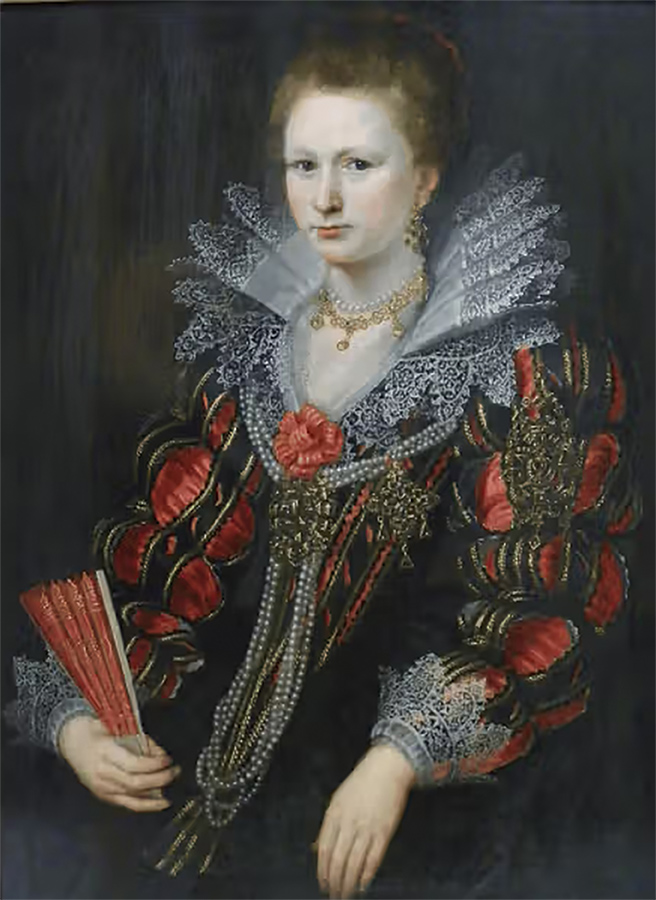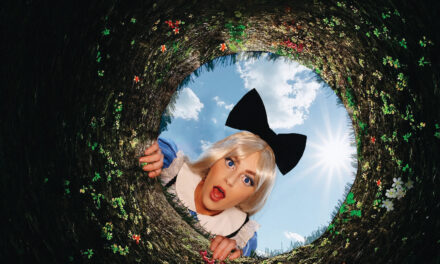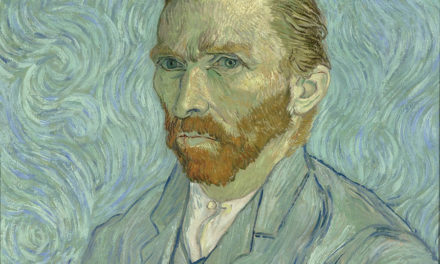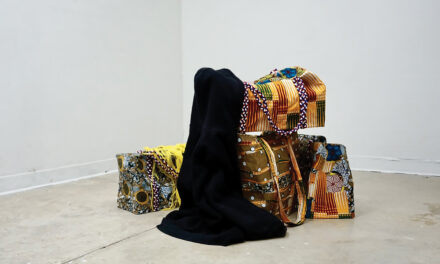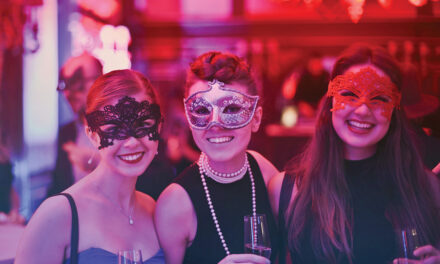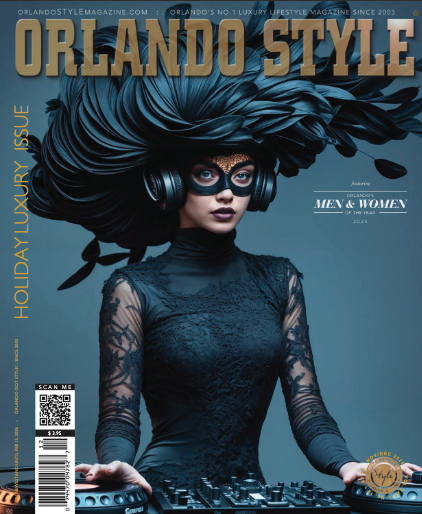Technology, Innovation, and Obsolescence
Now – Apr. 5, 2026 | Rollins Museum of Art
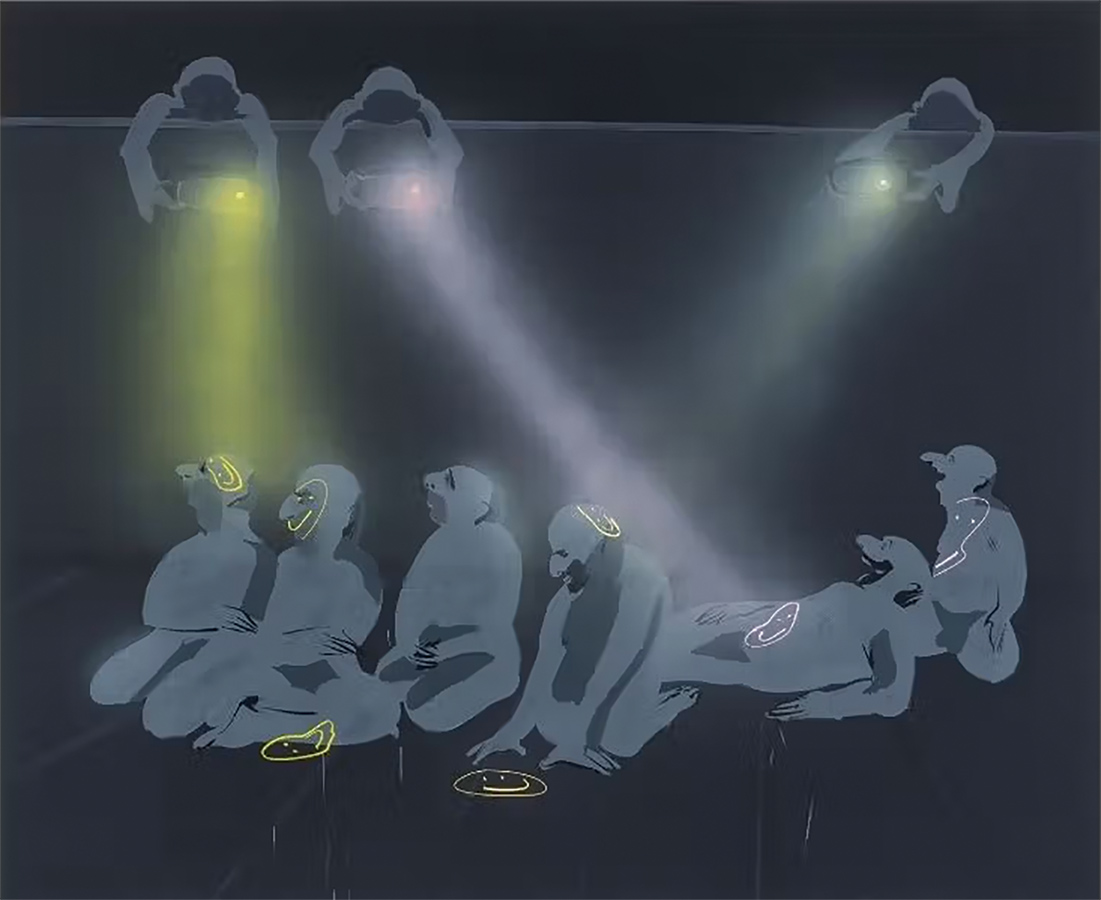
Inspired by the accelerating fusion of art and innovation, this exhibition brings together works that confront the shifting boundaries between human creativity and machine intelligence. Faculty artists and contemporary voices examine how automation, AI, and digital surveillance influence how we learn, remember, and see ourselves. From immersive video installations to data-driven paintings and reimagined objects, the show moves between wonder and unease—celebrating invention while questioning dependence on technology. Reflecting both progress and vulnerability, it challenges viewers to consider what creativity and consciousness mean in an era where machines mirror the human mind.
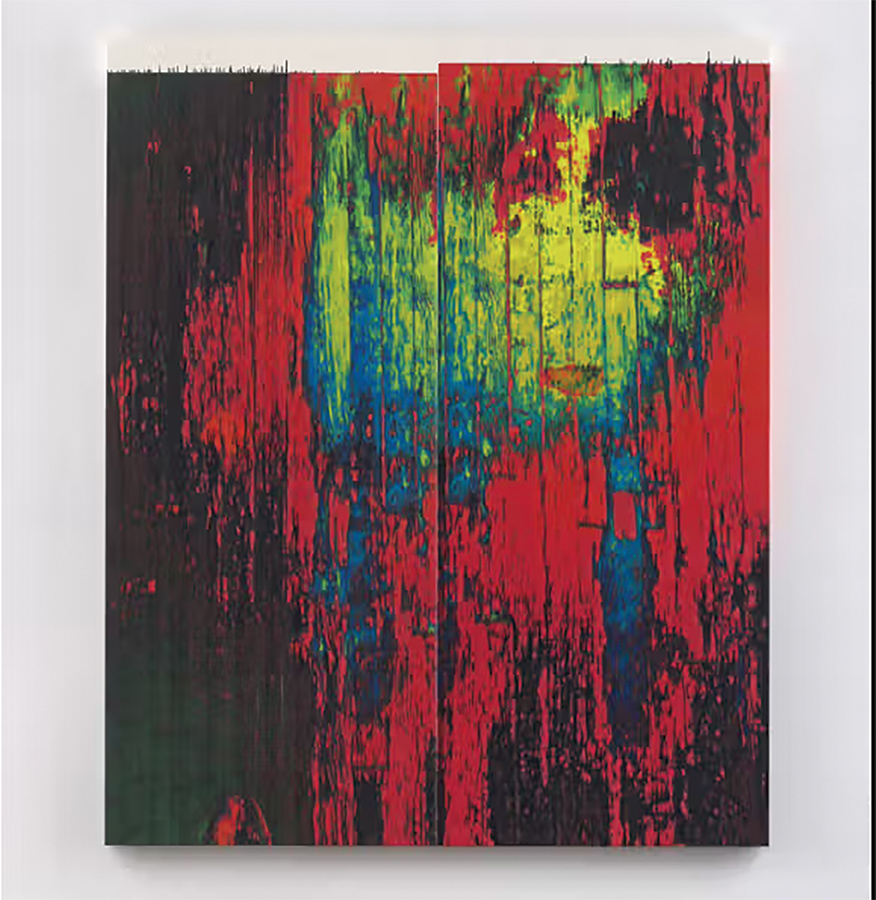
What’s New? Recent Acquisitions
Now – Jan. 4, 2026 | Rollins Museum of Art
Celebrating growth and discovery, this evolving installation highlights recent acquisitions that enrich and diversify the museum’s collection. Through generous gifts and thoughtful purchases, the rotating display showcases new treasures soon after their arrival—reflecting an ongoing commitment to dialogue, diversity, and education. Featuring works by Chico da Silva, Wade Guyton, Lauren Lesko, and others, the selection spans mediums, eras, and perspectives. Each piece connects art and learning, mirroring the spirit of a liberal arts education where creativity and curiosity converge. As these works enter the collection, they offer fresh narratives and future possibilities—illuminating how museums, like art itself, are always in motion.
Manner’s of Dress
A Fashion Reflection
Now – Jan. 4, 2026
at Rollins Museum of Art
“Manners of Dress” invites us into a transhistorical dialogue where clothes become stories — from 17th-century portraits to contemporary photography. Paintings by Dirck Hals or Paulus Moreelse converse with modern works by Elinor Carucci, Caitlin Keogh, and Paulina Olowska, exploring how fabrics, forms, and adornment signal identity. The exhibition even includes watch keys from the 16th to 19th centuries, elevating utilitarian objects into fashion’s language of status and style.
